The advent of the electric bike has created a new and exciting means of transportation, but the safety of electric bikes during rides has become one of the most pressing concerns. A crucial aspect that directly impacts e-bike safety is the braking system. This article will provide an overview of the braking system, analyze the differences between hydraulic and mechanical braking systems and give riders the assurance to fully relish their journeys.
How does the brake system work?
The e-bike braking system is quite similar to that of a traditional bicycle. However, e-bikes commonly use a disc brake system. When you squeeze the brake handle, the hydraulic system applies pressure to the caliper. The caliper then presses the brake pads against the wheel, causing the brake pads to squeeze the rotor. This creates a friction force between the pads and the discs, gradually slowing down the wheels. As the wheels slow down, a portion of the energy is converted into heat which dissipates. This allows the rider to control the speed of the bicycle and bring it to a complete stop.

It is evident from the basic operation of the braking system that the repeated application of brakes results in constant friction between the brake pads and discs. As a result, the disc brake system requires regular maintenance of its components, making it one of the most frequently serviced parts.
Mechanical vs Hydraulic disc brakes
Electric bikes commonly utilize two types of brake systems: mechanical disc brakes and hydraulic disc brakes. These two braking systems operate on different principles. Mechanical disc brakes employ a metal tube to engage the brake pads and activate the brakes. On the other hand, hydraulic disc brakes rely on the use of pressurized braking fluid to compress the caliper's pistons and apply force to the rotor, effectively reducing its speed. Hydraulic disc brakes utilize hydraulic pressure to power the pistons. In contrast, mechanical disc brakes rely on the friction between a pad and a rotating drum connected to one or two calipers.
To better understand the differences between the two braking systems, a comparison was made between the XF 650, equipped with a mechanical brake system, and the XF 900, fitted with a hydraulic brake system.

|
Model |
||
|
Advantages |
easy maintenance |
higher safety,reduce the skidding distance |
|
|
easier repair process |
enclosed design to reduce maintenance frequency |
|
|
more economical price |
hydraulic pressure delivery to reduce friction |
|
|
|
lighter |
|
Disadvantages |
low braking force,less efficient |
higher maintenance costs |
|
|
prone to friction and frequent maintenance |
more complex construction and maintenance requires technical support |
|
|
heavier |
higher price |
|
|
braking requires more effort |
|
Hydraulic braking systems have an advantage over other systems in terms of airtightness. That's why hydraulic brakes do not require frequent maintenance, saving both time and money. Additionally, the hydraulic piston allows for more precise and stable pressure application, resulting in more efficient braking and shorter skidding distances. Moreover, using hydraulic pressure reduces friction on the brake pads, making the entire braking process smoother. The installation of Hydraulic brakes not only improves overall braking performance but also helps in reducing wear and tear on the braking components.
Mechanical braking operates on a more straightforward braking principle, leading to reduced maintenance costs and a less complex maintenance process. If a malfunction occurs during a trail ride, the rider can easily fix or change it. However, this simplicity comes at the cost of decreased braking safety. The frequent contact between the brake pads and calipers in a mechanical braking system causes faster wear and tear on the pads, resulting in some loss of braking efficiency. Nevertheless, the highly cost-effective price of mechanical braking makes it a preferred choice for many entry-level vehicle models.
Are hydraulic brakes better than mechanical brakes?
With their electrical power, electric assist bikes are able to travel at higher speeds than traditional bikes. As a result, they need higher braking capabilities if they are to be operated safely. From a safety standpoint, the outcome is generally favorable with hydraulic brakes and this system has distinct advantages. When the brake handle is pressed, the hydraulic braking system responds more quickly and stops with a shorter skidding distance. This makes it better suited to precise braking on intricate terrains. The hydraulic braking system also offers more control over the bike, allowing the rider to adjust their speed and angle of descent more easily and precisely, giving riders more control and confidence when they're out on the terrain. But, keep in mind that despite the unique pleasures that mountain riding offers, it is not the best way for beginning riders to travel.

In terms of cost-effectiveness, there is a disadvantage to hydraulic brakes. For example, a hydraulic brake system for an electric bike costs around £150, which is a less economical solution. Furthermore, maintaining a hydraulic braking system requires a certain level of technical knowledge and the use of specialized tools, both of which may not be available to novice riders.
Hence, it is difficult to arrive at a definitive conclusion regarding the superiority of a hydraulic braking system over a mechanical braking system. Mechanical braking systems are still popular due to their low cost and easy maintenance. Having said that, setting aside cost considerations, opting for a hydraulic braking system that provides enhanced value to ensure riding safety would be advisable.
Which brake to choose
There is no standard answer as to which type of brake you need to buy. You should choose one that takes into account your daily riding circumstances and performance requirements as well as your budget.
There is no denying the superior quality and safety of a hydraulic braking system. It is very effective for those who frequently ride on challenging mountainous terrain. With this system, riders can readily control their vehicle and confidently slow down while in motion, improving braking performance and reducing risk. For consumers with the budget, the hydraulic brake is a worthwhile investment due to its superior safety features and enhanced reliability.
On the other hand, mechanical disc brakes offer the ideal balance between effective braking performance and cost-effective maintenance. Regarding upkeep, tasks like replacing brake pads are simple and do not require complex repair procedures. As a result, mechanical brakes are a suitable choice for entry-level riders or those who use e-bikes for regular daily rides.
The relationship between the braking system and the tyres
A high-performance braking system allows the bike’s tyres to function optimally. A braking system regulates the gradual decrease in speed of the vehicle, enabling the tyres, which make contact with the road, to come to a smooth stop. A superior braking system can effectively manage the speed of the tyres, decrease friction between the road surface and the tyre tread, minimize tyre wear and achieve outstanding braking performance. The tyres and braking system exert force on each other and influence each other's performance. If the tyres are not of sufficient quality to handle the increased friction between the tread and the road, even a top-notch braking system will not be effective. Therefore, coordination between the tyres and the braking system is crucial for achieving optimal results.
Rotors in relation to braking effectiveness
In addition to changing the braking type, riders can also consider replacing primary parts in the brake system to enhance the its performance. When it comes to mechanical brake systems, a common approach is to replace the rotor in the disc brake and switch to metallic pads for improved braking effectiveness. Opting for a higher-quality rotor will naturally yield better braking results and the same applies to metallic pads. These are composed of a softer metal and provide a better grip, resulting in a more apparent improvement during the braking process. With a hydraulic braking system, riders typically do not require additional upgrades as it inherently offers superior quality and more reliable braking power. However, if a rider desires a more professional and smoother riding experience, they can achieve this by changing the size of the rotor on their bike.
The safety of the electric bike is heavily dependent on the braking system. When modifying the system, it is essential to follow professional recommendations. If you are not familiar with the process, it is advisable to consult with experts at a local repair shop. It is also essential to consider the compatibility of the components you wish to upgrade, as this may incur additional costs (e.g., exceeding the reference value for which the brake discs are rated).

Conclusion
Braking systems play a crucial role in ensuring the safety of e-bikes. Many riders increasingly prefer hydraulic brakes due to their superior performance. However, it is essential to note that even with a high-quality braking system, it is impossible to eliminate all potential dangers completely. A braking system cannot be relied upon to mitigate excessive speed and reckless driving-related risks. Therefore, it is important to select a braking system that meets your specific requirements, practice cautious driving and prioritize your safety while enjoying the thrill of speeding along.

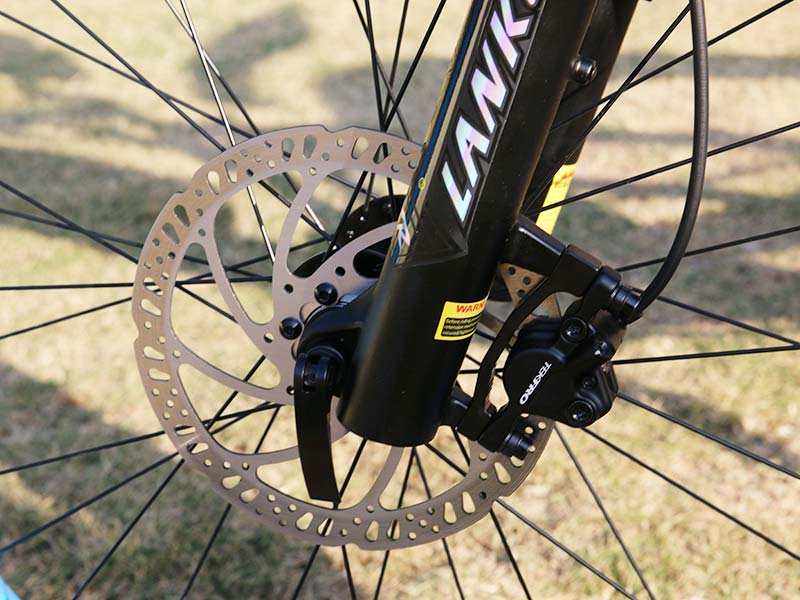
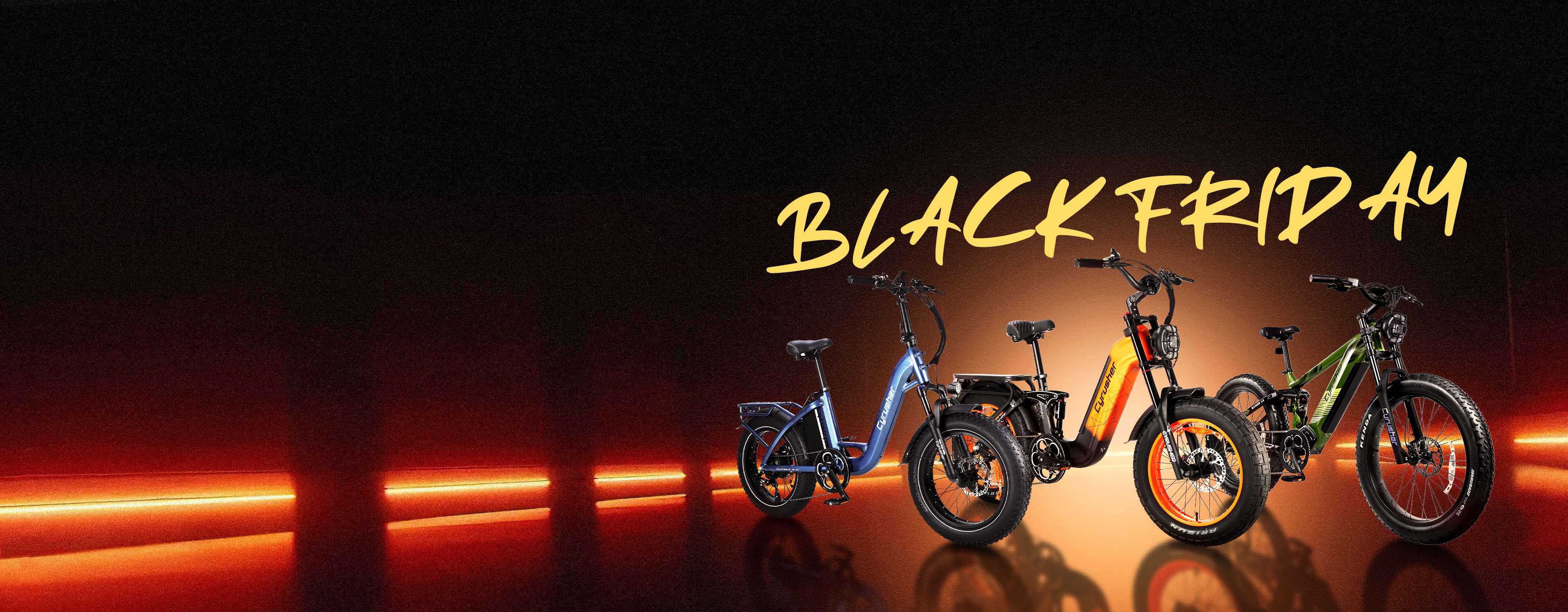
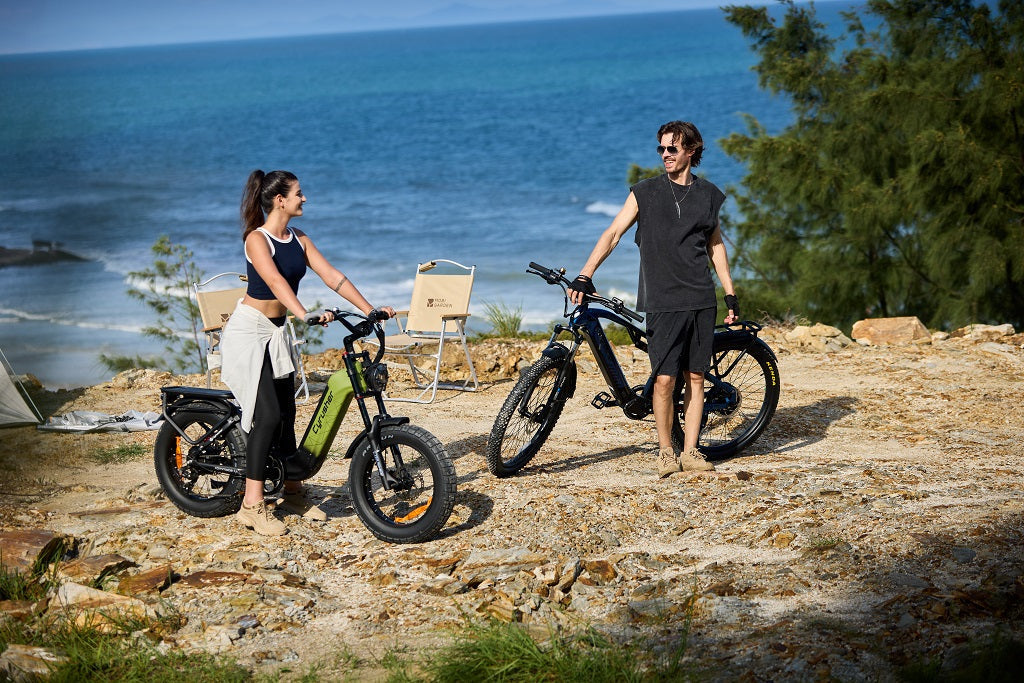

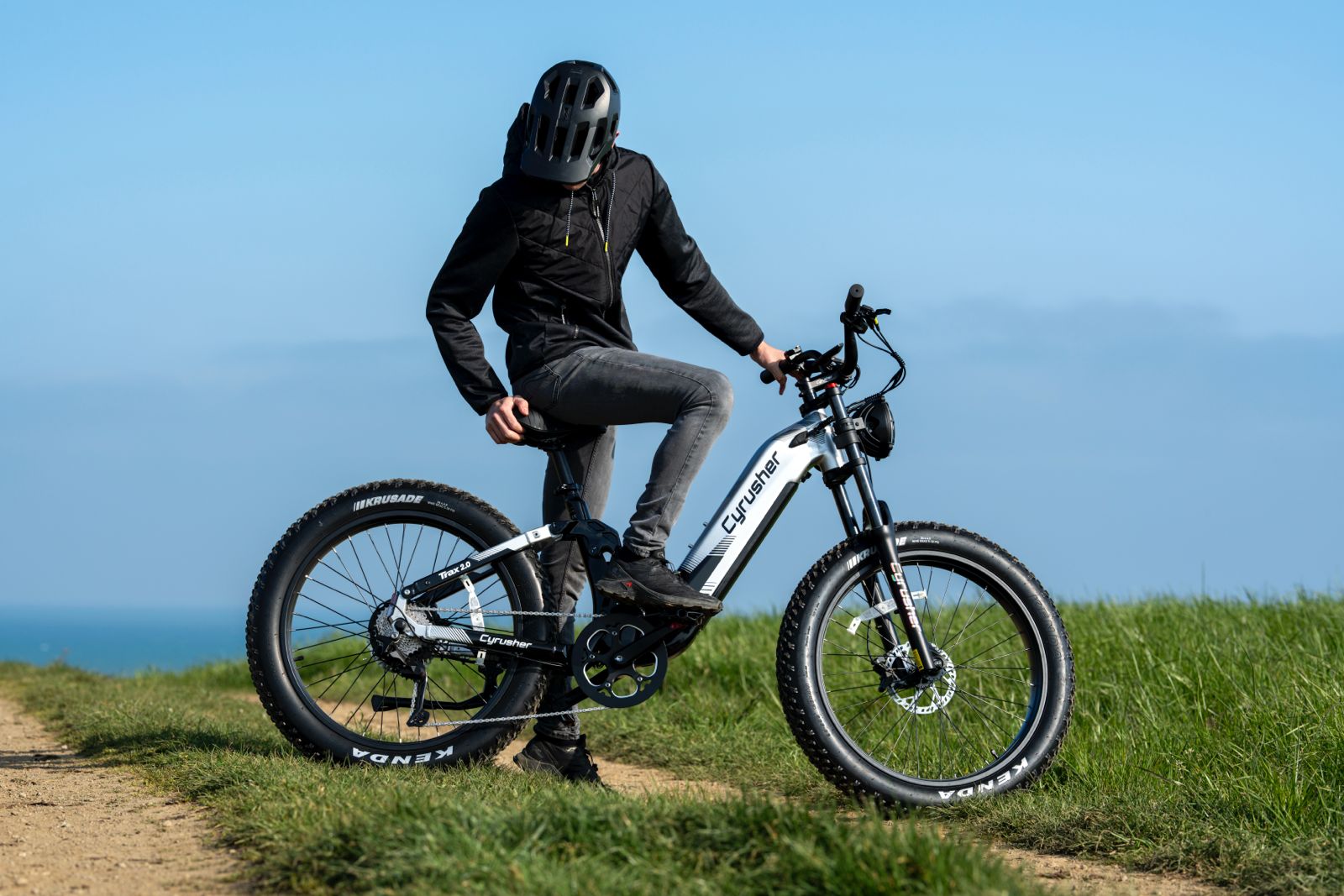

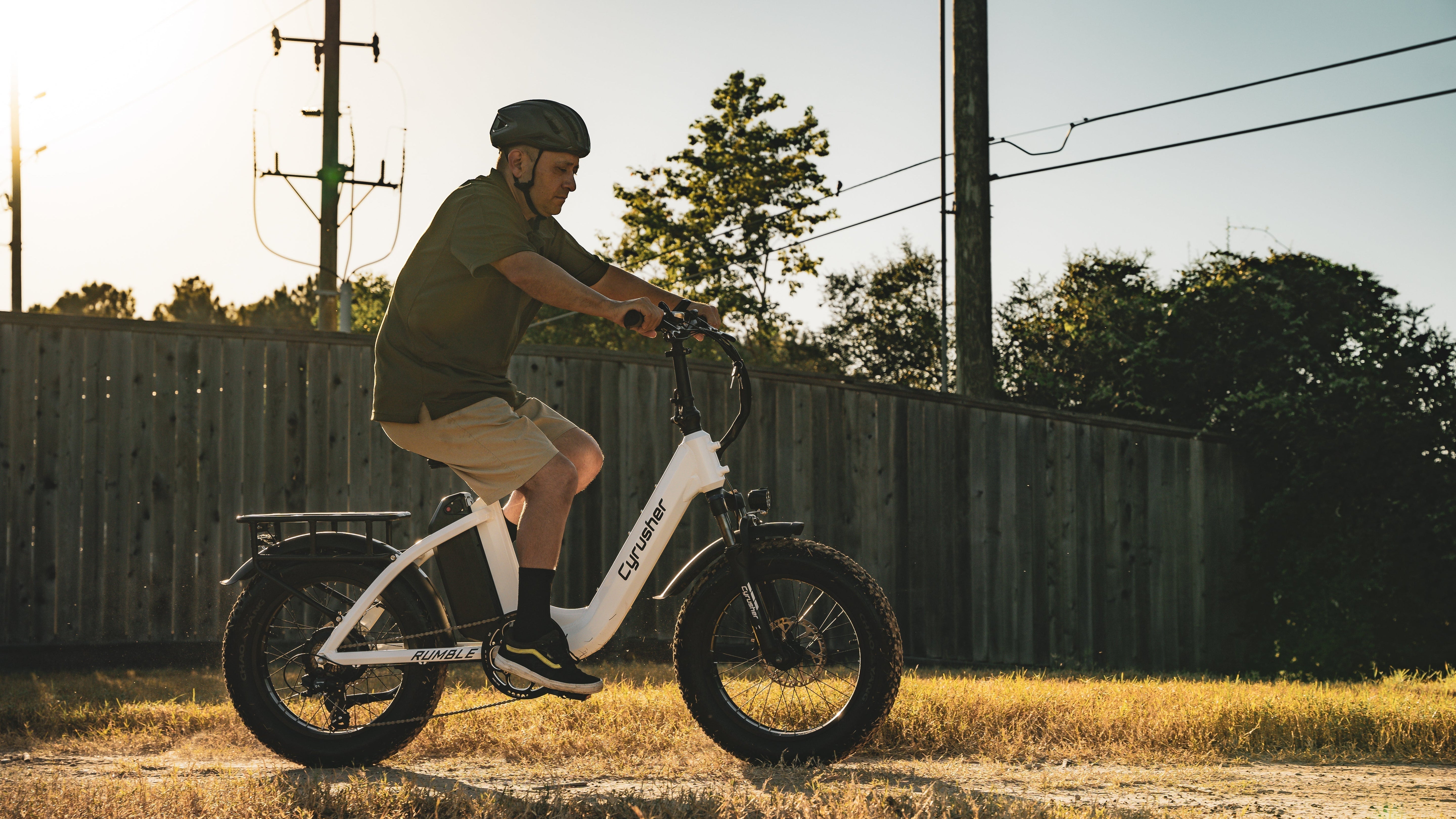

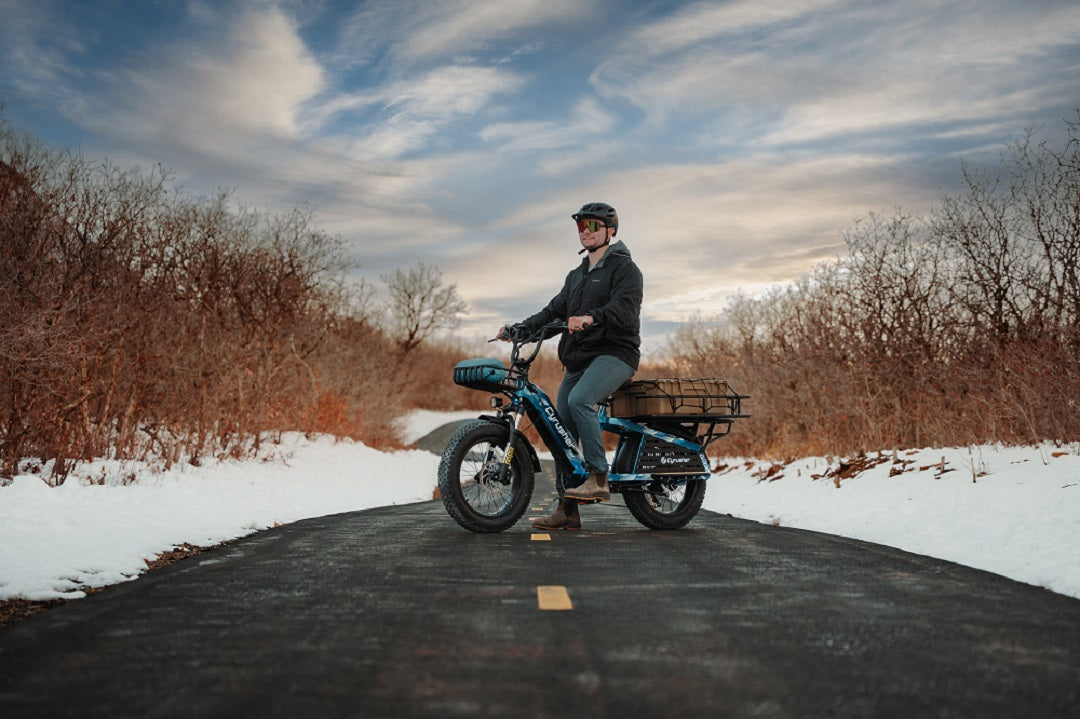
Share:
How Much Does an Ebike Weigh?
Is it Worth Buying an Ebike?